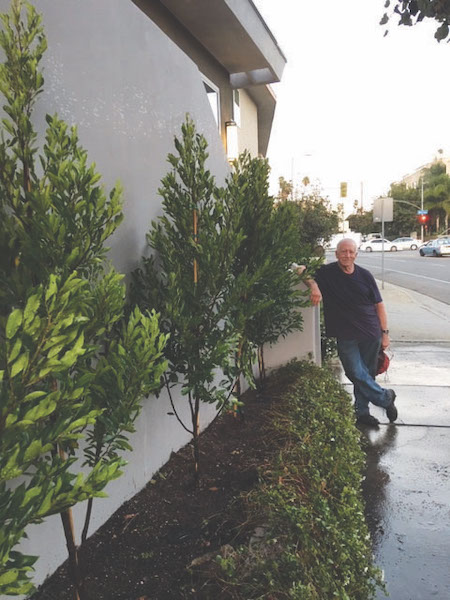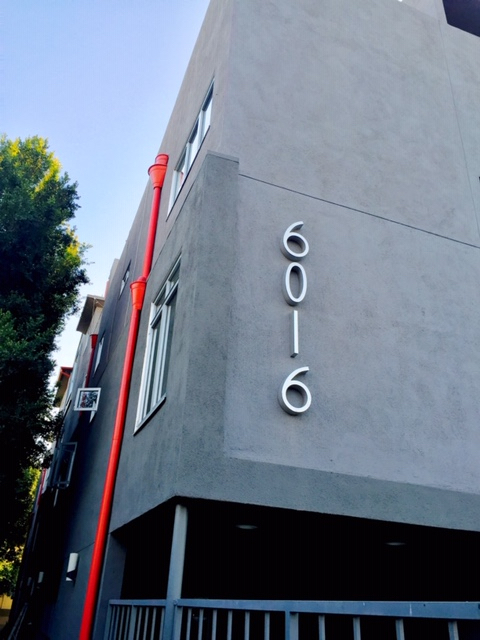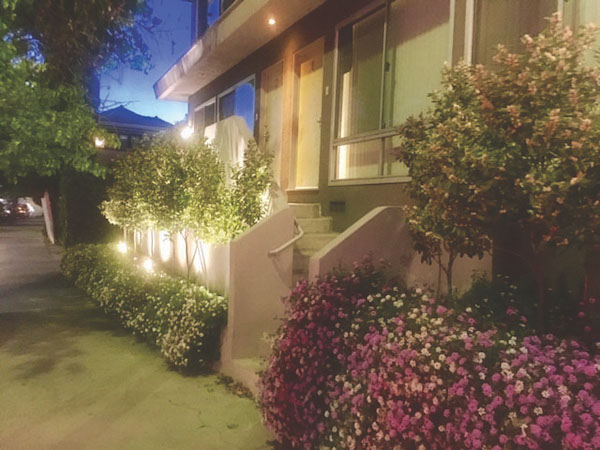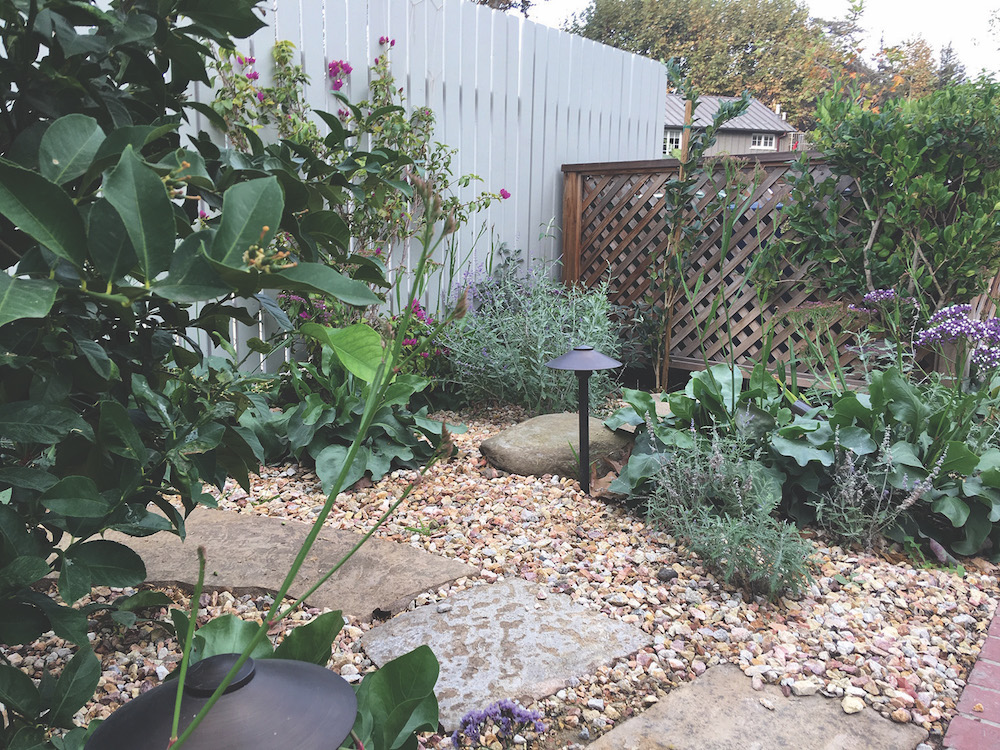‘Façade lifts’ give older buildings new life

Bill McWhorter, Hancock Park, likes making things look better. From interior flooring and window treatments to the light and landscape of an exterior, McWhorter enjoys updating and sprucing up a building from the inside out, creating a flow out of the entire aesthetic of the space.
Referring to his projects as “façade lifts,” McWhorter says he got into “treating the whole building” rather than just the interior about six years ago. As an interior designer and member of the American Society of Interior Design (ASID) with 35 years of experience under his belt, he has a history of improving the spaces he works on. Previously, when engaged on interior design projects, he would offer to update the landscaping as part of that extra touch he extended to clients. Eventually, he made that part of his process official and began including façade lifts as a regular service available through his website.
He is an award-winning designer, and his first award was as a junior at Ohio State University for the Better Homes and Gardens Home Improvement Competition for his room in his fraternity house. More recently, he was recognized in 2009 by the Los Angeles Mart Design Center for his service to the design industry.

Typically, he has worked on older mid-century buildings that are structurally sound, but need updating. And McWhorter says he likes the holistic concept of treating the entire building.
One building on Carlton Way in Hollywood he referred to as the “refrigerator” building. It was a big, dirty white block with a dead rose garden to greet tenants entering and leaving the building. With that building, he used seven shades of gray, including a brushed aluminum for the street numbers, and a red accent. The dead rose garden was replaced by drought-tolerant plants, including a large aloe bainsii berberae tree and an agave attenuata.

An apartment building on 6th Street was a dirty yellow color and had metal screen security doors and miscellaneous potted plants. It felt disjointed and prison-like, he said.
For that building’s update, sage brown was used for the main color, with white and butter-yellow accents. The wrought iron stair railing was replaced with a stucco “pony wall” that made the over-all look more pulled together, McWhorter explains. He installed a series of shrubs that will fill in, as well as exterior accent lighting and other elements that opened up the look of the building.

McWhorter says that after the updates to the buildings, he notices a change to the tenants. They smile more coming and going as the look of their building improves. And when one building gets spruced up, the rest of the neighborhood seems to follow, enhancing the look of the street over all.
For Bill McWhorter, improving life through design is part of why he does interior design. From volunteering design hours and helping organizations such as Project Angel Food, to helping a client revditalize a garden, he wants to know he’s made a difference.
Visit mcwhorterdesign.com.
Category: People


